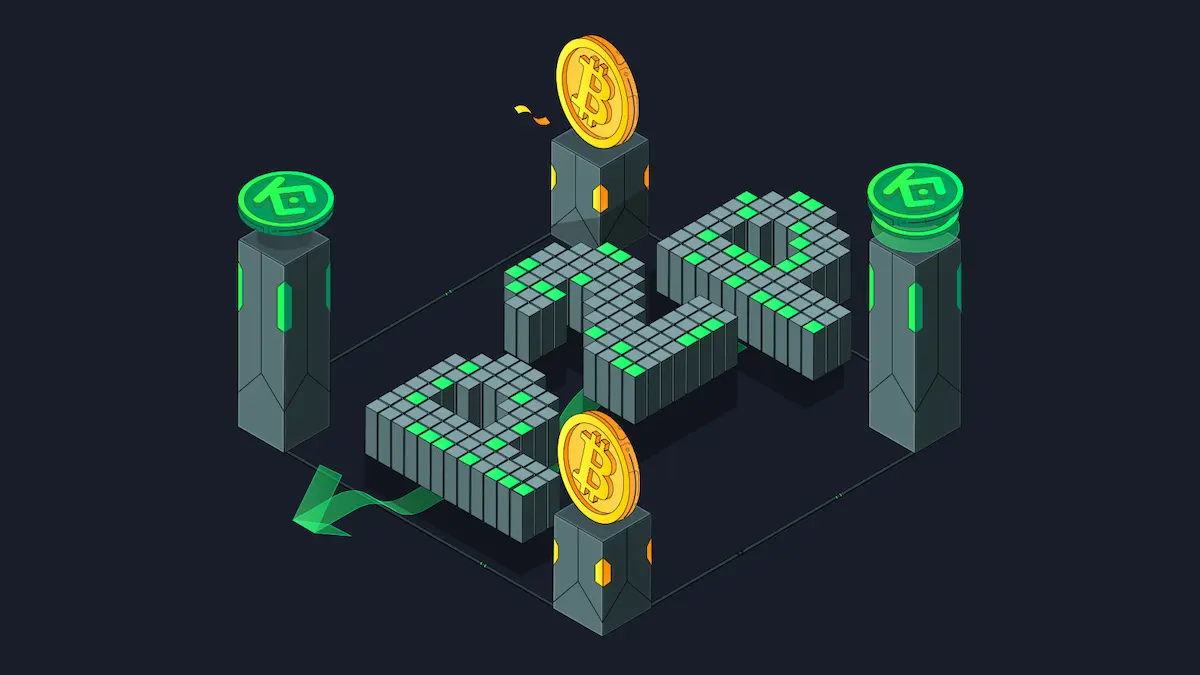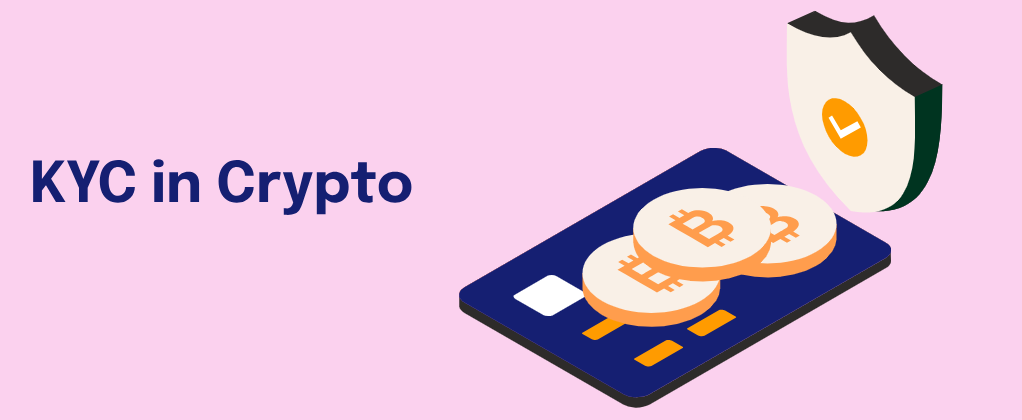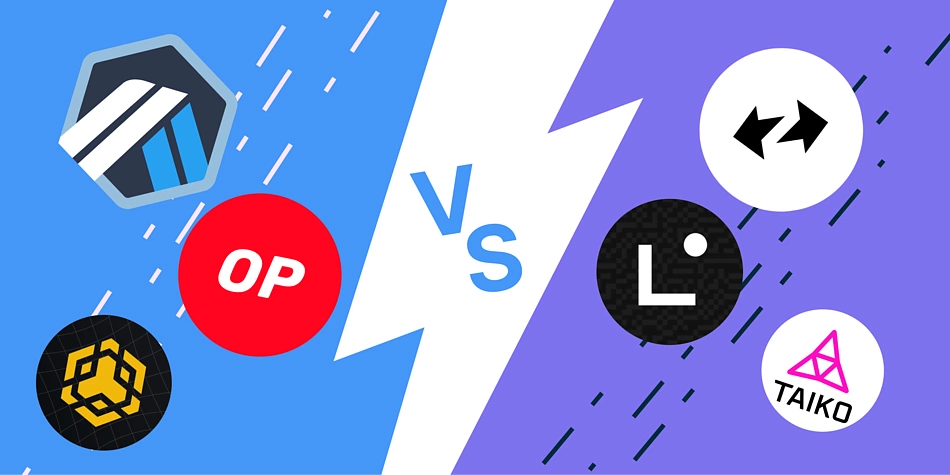What is the Play-to-Earn Economy?
The Play-to-Earn (P2E) economy is a revolutionary model in the gaming industry based on blockchain, where players can earn real economic rewards by participating in games. Unlike traditional video games, where rewards only have value within the game, P2E models offer rewards such as tokens, cryptocurrencies, or digital assets that players can exchange for real money or use on other platforms.
Blockchain technology provides a layer of transparency, decentralization, and true ownership of digital assets, such as NFTs (non-fungible tokens), representing in-game items like characters, weapons, skins, or virtual land.
Examples of P2E Projects on Blockchain
- Axie Infinity
- A platform based on Ethereum where players breed and battle creatures called Axies.
- Rewards: SLP (Smooth Love Potion) and AXS tokens, which players can exchange for real money.
- Impact: At its peak, it generated millions in revenue and allowed many people in countries like the Philippines to use the game as their primary income source.
- The Sandbox
- A metaverse that enables users to buy virtual land and monetize their creations.
- Rewards: SAND tokens and NFT assets.
- Focus: Creative and social economy.
- Gods Unchained
- A collectible card game where the cards are NFTs tradable in secondary markets.
- Rewards: GODS tokens and NFT cards.
- Illuvium
- A AAA graphics exploration and combat game.
- Rewards: NFTs and ILV tokens, earned through battles and completing missions.
Advantages of the Play-to-Earn Economy
- True Asset Ownership
Players own their assets as NFTs, enabling them to transfer, sell, or use them on different platforms. - Economic Incentives
P2E games provide opportunities to earn income while enjoying entertainment, opening new doors for people in emerging economies. - Innovation in Business Models
Game developers can generate revenue through transaction fees, reducing reliance on in-game purchases. - Decentralization and Transparency
Blockchain technology ensures game rules, rewards, and transactions are transparent and verifiable.
Disadvantages and Challenges
- Market Volatility
P2E tokens are subject to significant fluctuations, which can impact the value of players’ rewards. - Economic Sustainability
Some projects struggle to maintain their internal economies, especially if they rely on inflationary incentives. - Learning Curve
Integrating blockchain and wallets can be complex for new users unfamiliar with cryptocurrencies. - Game Quality
Some P2E games prioritize profitability over delivering engaging gameplay experiences, which may limit their long-term adoption.
Evolution and Future of P2E
The P2E model has evolved from simple “quick gain” games to more complex and sustainable ecosystems. Key trends include:
- Integration of Free-to-Play with P2E
Games like Big Time are removing entry barriers, allowing players to participate without significant initial investments. - Focus on Quality Experiences
Projects like Star Atlas and Ember Sword combine high-quality graphics with solid P2E economies, attracting both gamers and investors. - Sustainable Tokenomics
Developers are adopting economic models that blend P2E rewards with additional utilities, such as governance and staking, to ensure sustainability. - Adoption by Major Studios
Companies like Ubisoft are exploring ways to integrate blockchain and P2E elements into their popular franchises, potentially accelerating mass adoption.
Market Sentiment
The P2E market experienced significant growth in 2021 and 2022, driven by the popularity of games like Axie Infinity. However, the decline in token values and the saturation of low-quality projects have generated skepticism in some sectors.
Despite this, games that combine innovation, sustainability, and engaging gameplay are gaining traction. Venture capital investors, such as Animoca Brands, continue to bet heavily on the sector, reflecting long-term optimism.
Conclusion
The Play-to-Earn economy is redefining how gaming is perceived, transforming players’ time and effort into tangible economic value. While it faces significant challenges, its evolution toward more sustainable models and adoption by major studios suggest a promising future. As blockchain technology becomes more accessible and developers prioritize quality experiences, the P2E model is likely to become a cornerstone of the gaming industry.







